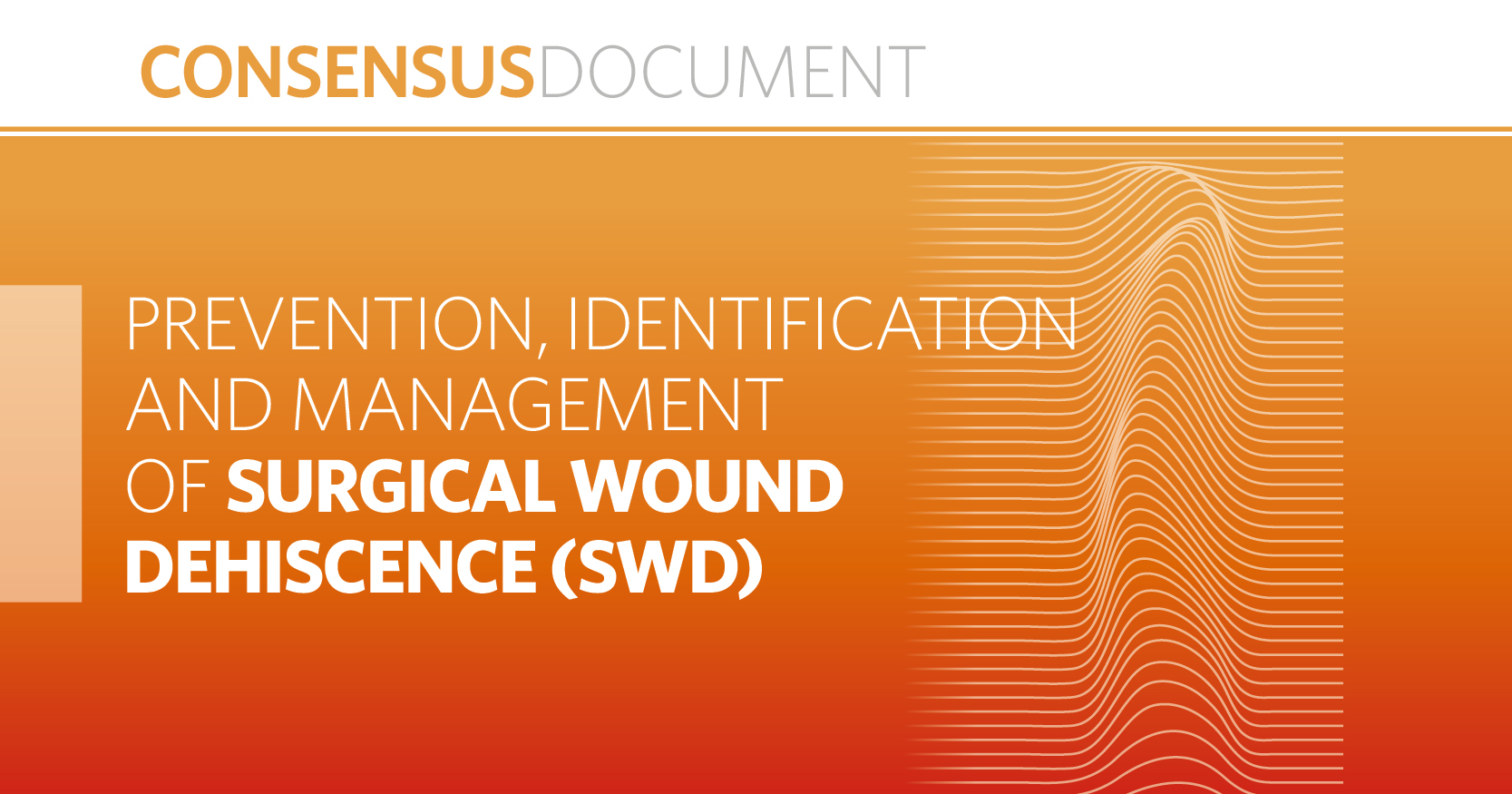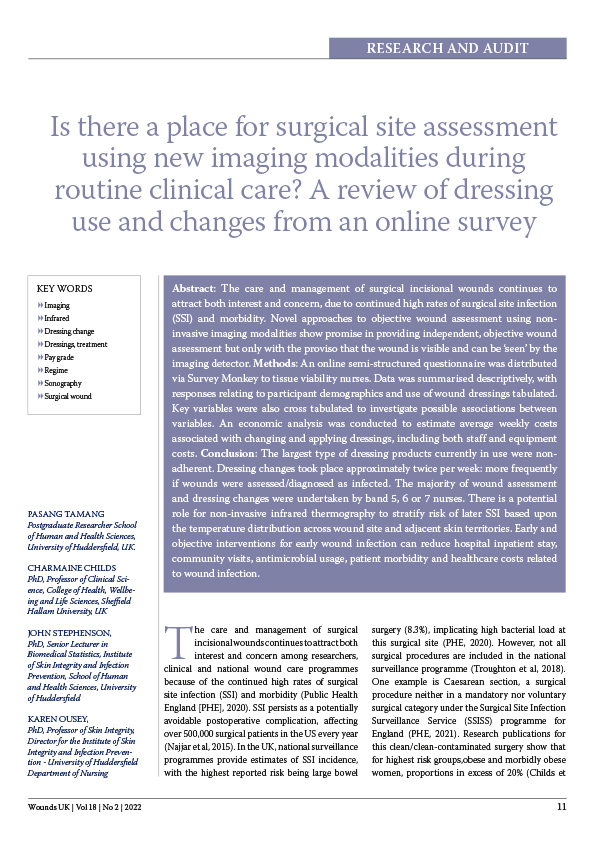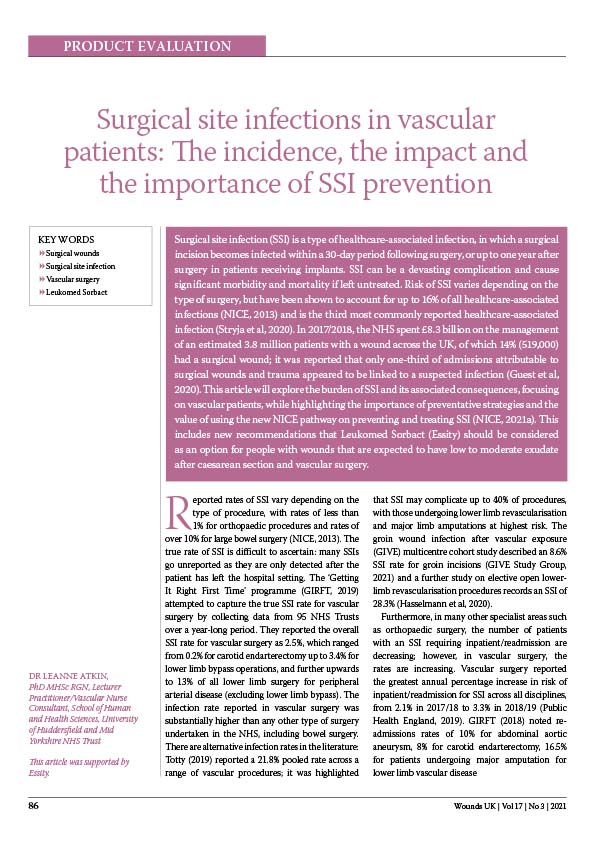Debridement is an integral part of wound management and all practitioners should be aware of the range of options available. Although it is not necessary for practitioners to always personally be able to perform debridement, they should have sufficient understanding to recognise which technique is the most appropriate for the individual patient and his/her wound. This made easy section looks at the reasons for debridement, the methods available and the skills required to manage the wound effectively.
What is debridement?
Debridement is the removal of non-viable tissue (see Box 1) from the wound bed to encourage wound healing. Wound debridement is an essential part of wound care and its role in the preparation of the wound bed is well documented (Falanga, 2001; EWMA, 2004; Wolcott et al, 2009).
Why debride?
Chronic wounds often contain necrotic or sloughy tissue, which can harbour bacteria and act as a barrier to healing. The availability of nutrients and oxygen and presence of ischaemic tissue make this an ideal environment in which both aerobic and anaerobic bacteria can multiply (White and Cutting, 2008), increasing the risk of malodour and infection. Debridement of sloughy/necrotic tissue is one of the cornerstones of good wound practice and vital when reducing the bacterial burden within the wound (Vowden and Vowden 1999a; Vowden and Vowden 1999b).
For chronic wound healing to occur, the molecular and cellular environment of the wound must resemble that of a healing acute wound (Schultz et al, 2003). Non-viable tissue and slough produces an abnormal wound environment that may interfere with wound healing. Debridement removes this tissue to provide a wound environment that is less likely to support a heavy growth of bacteria. Reducing the bioburden and the presence of biofilms within the wound further inhibits the proinflammatory responses, encouraging formation of granulation tissue in the wound bed (Wolcott et al, 2009). Chronic wounds may require repeated debridement to prevent the wound reverting to a chronic unhealthy state. Falanga refers to this as maintenance debridement (EWMA, 2004).
What are the methods of debridement?
Evidence defining the best method of debridement is scarce. In clinical practice, a range of debridement techniques are in use in the UK:
- Autolytic
- Biosurgical
- Hydrosurgical
- Mechanical
- Sharp
- Surgical
- Ultrasonic.
All methods require varying levels of expertise and have their advantages and disadvantages in terms of time taken, patient acceptability and ease of use (Table 1). Sharp debridement is a very quick method, but should only be carried out by a competent practitioner, and may not be appropriate for all patients. Autolytic debridement is most commonly practised in the UK and is often used before other methods of debridement. Products that can be used to facilitate autolytic debridement include hydrogels, hydrocolloids, cadexomer iodine and honey. In choosing dressings that promote autolytic debridement, it is important to consider the moisture balance in the wound and take necessary steps to avoid maceration by the use of a suitable skin protectant or barrier film.
What are the newer methods of debridement?
Hydrosurgery systems (eg Versajet™, Smith & Nephew) combine lavage with sharp debridement and provide a safe and effective technique, which can be used in the ward environment (Gray et al, 2011). This has been shown to precisely target damaged and necrotic tissue and is associated with a reduced procedure time (Granwick et al, 2006; Caputo et al, 2008). It may also provide an effective tool to remove biofilm contaminated tissues (Allan et al, 2010). Other innovative methods include low-frequency, low-dose ultrasound using either a contact (Sonoca™, Soring) or non-contact device (MIST® Therapy, Celleration Inc).
Ultrasonic assisted debridement is a relatively painless method of removing non-viable tissue and has been shown to be effective in reducing bacterial burden, with earlier transition to secondary procedures (Ennis et al, 2006; Gray and Stang, 2010). However, these methods are potentially expensive and equipment may not always be available. Although traditional methods of mechanical debridement are considered potentially harmful, newer methods have revolutionised practice. More recently, an active debridement pad (Debrisoft®, Activa Healthcare) has been introduced, which uses a fleece-like contact layer to mechanically remove debris, necrotic tissue, slough and exudate (Gray et al, 2011). This has been shown to be effective in 94% of cases in patients treated on three occasions, approximately four days apart (Bahr et al, 2011).
It is easy to use, can be used by generalist nurses on the ward or in the patient’s home and is available on Drug Tariff.
How to decide which technique to use?
One of the key findings of a multidisciplinary UK consensus was that access to debridement should be based on clinical need and not the skill of the clinician (Gray et al, 2011). It is important that the decision to debride and the method of debridement selected is the most effective for the patient, the amount of non-viable tissue to be removed and the anatomical location of the wound, and should form part of the overall wound management plan for the patient.
WHEN TO DEBRIDE?
A structured approach to the assessment, diagnosis and management of any type of wound is essential to ensure appropriate review and achievement of desired outcomes (Gray et al, 2011). Careful assessment is essential before taking the decision to debride a wound.
Debridement is indicated when there is a build up of necrotic tissue, callus, slough or other non-viable tissue in the wound bed. It is important to recognise and differentiate between types of tissue. As part of the patient assessment, the clinician should consider the risk that the devitalised tissue presents to the patient, whether necrotic tissue should be left in situ such as in some cases of dry gangrene, and whether there is a need for rapid debridement to prevent infection and general sepsis (Gray et al, 2011).
Attention should also be paid to the patient’s underlying comorbiditiesand his/her current status as there are situations when debridement of dry eschar would be inappropriate and involvement of the multidisciplinary team is vital.
The practitioner should ask the following questions before making a decision:
- What is the cause of the wound?
- What is the aim of treatment?
- What are the risks and benefits of performing debridement?
- What speed of debridement is required?
- Which method would be most appropriate?
- Where are the skills and/or equipment required to perform the treatment?
If there are any doubts or concerns, specialist help should be sought prior to commencement of debridement. The ultimate aim of wound debridement is to obtain a clean healthy wound bed to allow rapid and effective healing.
Debridement is often the first component of care. However, debridement alone will not achieve healing and must be usedas part of an overall management plan involving the patient, his/her disease process and the wound itself. It is important to achieve the right balance in the amount of tissue removed. Removing viable tissue may prolong the healing process, while removing too little non-viable tissue will delay healing. Skilled reassessment will help to monitor progress. Complete debridement of a chronic wound is rarely obtained in a single episode. Adherent fibrinous tissue or slough can re-accumulate and further maintenance debridement is necessary and may continue to be needed as the wound reduces in size.
The need for further debridement is only eliminated when the wound bed is composed solely of healthy granulating tissue. Successful debridement is often associated with a progressive reduction in wound exudate, a reduction in odour and the appearance of a healthy granulating wound bed.
WHO SHOULD DEBRIDE?
The decision to debride a wound can be complex and may require the multidisciplinary team involvement. Once the decision to debride a wound is made and the method confirmed, clinicians should consider their own skills to perform the task. Further staff training or specialist referral may be a necessary consideration to provide safe and effective care.
Clinicians performing wound debridement are expected to have:
- Good knowledge of relevant anatomy
- Understanding of the range of wound debridement methods available
- Capability to identify viable tissue and differentiate non-viable tissue
- Ability to manage pain and patient discomfort prior to, during, and following the procedure
- Appropriate skills to deal with complications (eg bleeding)
- Awareness of infection control procedures.
Some methods of debridement require a lower level of skill to perform and are available to generalist nurses. These include autolytic methods, biosurgical therapy and the recently introduced mechanical method, Debrisoft® (Activa Healthcare).
WHEN IS REFERRAL NECESSARY?
If any doubt exists as to the diagnosis or treatment pathway, referral for assessment and advice from the specialist wound care or tissue viability team should occur prior to debridement.
Wounds that should not be debrided without specialist involvement are:
- Wounds on the hands, feet or face. These wounds require multidisciplinary involvement
- Lower limb wounds on patients with arterial disease who require the assessment and advice of the vascular team
- Patients with inflammatory conditions such as pyoderma gangrenosum where active debridement may lead to wound deterioration. These patients require review by the dermatology team
- Wounds that are associated with congenital malformation or when malignancy is suspected or the normal anatomy is changed. The wound location will decide the correct team involvement – this will usually be the plastic surgical team
- Patients with a prosthetic implant in the region of the wound require a review and advice from the appropriate surgical team.
Caution is advised when patients have clotting disorders or are on anticoagulant therapy. Patients who have active, untreated wound infection require urgent intervention covered by antibiotic therapy.
Summary
Early appropriate wound debridement facilitates healing, reduces risk of infection and improves patient quality of life. New techniques of mechanical debridement provide the generalist practitioner with more rapid options for debridement when used in conjunction with autolytic techniques. New additions to existing options may demonstrate a reduced need for more advanced debridement treatments.
Debridement is frequently an ongoing process and will involve the integration of a number of debridement methods if healing is to be optimised. Maintaining a healthy wound bed following initial debridement of a chronic wound can be performed using non-specialist methods. Autolytic debridement and biosurgical (larval) therapy, combined with the use of new products (such as Debrisoft®)may make the process of debridement more universally available.
AUTHOR DETAILS
Vowden K[1], Vowden P[2]
- Nurse Consultant Wound Care, Bradford Teaching Hospitals NHS Foundation Trust andThe University of Bradford
- Consultant Vascular Surgeon and Visiting Professor of Wound Healing Research, Bradford Teaching Hospitals NHS Foundation Trust and The University of Bradford







